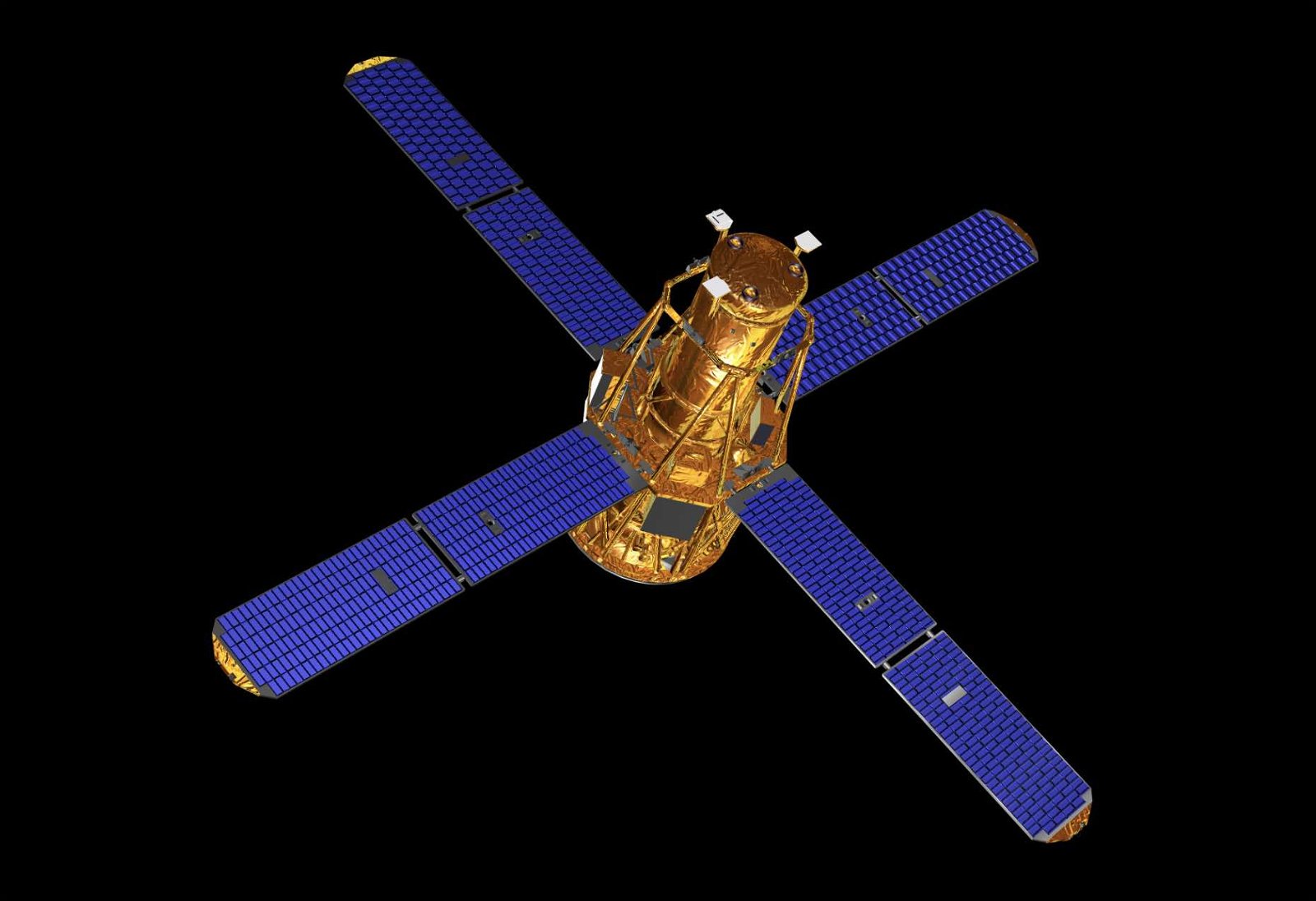Falling from the sky and raining debris over the Sahara Desert, a satellite that spent the last decade collecting data about the Sun met its fiery fate during reentry earlier this week.
Most of the 660-pound solar study satellite burned up prior to impact with Earth, although NASA officials believe there was a likelihood that some components would make their way to the ground.
Formally known as the Reuven Ramaty High Energy Solar Spectroscopic Imager, or Rhessi, the satellite was launched in 2002 and remained functional until 2018, ending its mission five years ago due to complications that arose with its communications system.
It was initially reported that the reentry occurred in the early morning hours on Thursday. However, NASA confirmed in a statement that the spacecraft re-entered the atmosphere at 8:21 p.m. EDT on Wednesday, nearly 21 years after it was sent into space.


During the satellite’s lifetime, it succeeded in collecting vital information about solar phenomena from its position in low Earth orbit, where it monitored coronal mass ejections and other activity from the sun.
The satellite’s core mission was to collect imagery related to highly energetic electrons that convey the massive amounts of energy that accompany solar flares, which can cause disruptions to communications, navigation, and other electrical systems on Earth.
The functional components of Rhessi mainly consisted of just a single instrument, its imaging spectrometer, which it used to record X-ray and gamma-ray emissions from the Sun. It was the first spacecraft to collect imagery of such emissions produced by solar flares.
The Department of Defense confirmed the reentry of Rhessi over the Sahara Desert occurred at approximately 21.3 degrees north latitude and 26 degrees east longitude.
Officials said they received no reports of damage or injury resulting from the reentry as the remaining satellite debris fell from the sky over Sudan in the early morning, a country which has remained embattled in recent days as clashes between rivaling groups of the country’s military government ensued.
Micah Hanks is the Editor-in-Chief and Co-Founder of The Debrief. He can be reached by email at micah@thedebrief.org. Follow his work at micahhanks.com and on Twitter: @MicahHanks.

